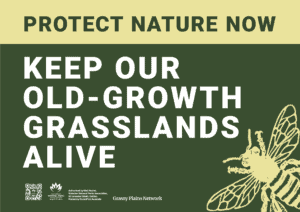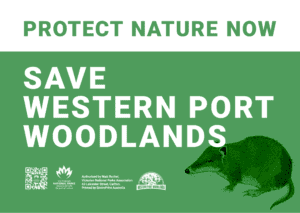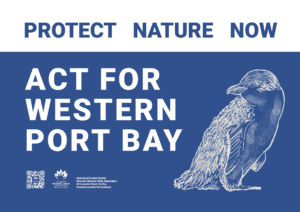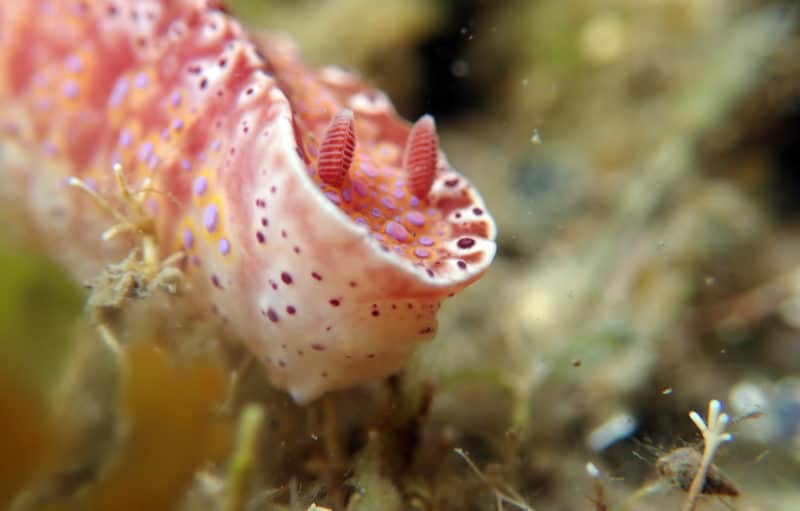PARK WATCH Article November 2022 |
In this month’s state election, we’re keeping our eyes on how committed our leaders are to protecting nature. Our Executive Director Matt Ruchel reports.
“Humanity is waging war on nature… Biodiversity is collapsing. One million species are at risk of extinction. Ecosystems are disappearing before our eyes … Human activities are at the root of our descent toward chaos. But that means human action can help to solve it.”
– United Nations Secretary-General António Guterres
More than half of the world’s countries, including Australia, have now officially joined the coalition to protect or conserve at least 30 per cent of the world’s land and ocean by 2030. This global target aims to halt the accelerating loss of wildlife and protect the vital ecosystems our economic security depends on.
With the impact of climate change increasingly visible, the future our natural world is rising in public consciousness. Report after report warns of dire consequences – reminding us that we are not doing close to enough to support the ecosystems that support life.
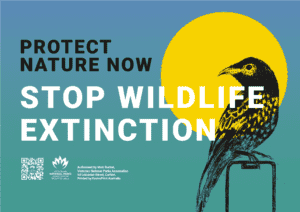
The Victorian Auditor-General’s 2020 report highlighted some of the significant policy failures that have contributed to this disaster. Current Victorian funding levels are seriously inadequate – there are simply not enough resources to halt the decline in threatened wildlife, especially in the face of climate change and continuing habitat destruction.
To date governments have funded only the lowest cost bids and tools, demonstrating their lack of commitment to solving these important challenges. Information and expertise provided under state laws, such as the Flora and Fauna Guarantee Act, hasn’t been acted on to protect wildlife and required ‘Action Statements’ are either missing or out of date.
This report was followed by a very comprehensive Ecosystem Decline Inquiry in the Victorian Legislative Council. The inquiry had one of the biggest ever community responses, demonstrating how much Victorians care about the health of our unique natural heritage. The inquiry made 74 recommendations and findings. While the report doesn’t deal with all issues, like native forestry, it does provide a sound blueprint for many of the broader biodiversity issues facing the most cleared state in Australia.
Government spending on biodiversity was a recurring theme. The report highlighted the need for on-going dedicated funding to support biodiversity management, restoration and importantly implementing all the legal tools we have available. Various estimates of what’s needed range between $300 million to $1 billion per year – but even $1 billion per year still only amounts to a few per cent of the state budget.
Parks are not created until legislated – central west & beyond
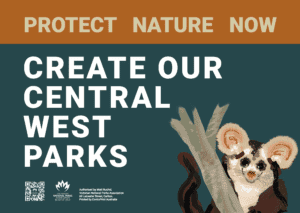
While the world shoots for ‘high ambition goals’ of 30 per cent land and sea protected by 2030, there has not been a sense of urgency in Victoria.
The process for the central west started in the first term of the Andrews Government and was delayed at least twice. While we did see a commitment to create the new central west parks in 2030, it mind-bogglingly endorsed native forest logging in key areas of these high conservation forests until that time.
A similar story is playing out with the ‘so-called’ Immediate Protected Areas, but again little has been legislated. While the pandemic and 2019/20 bushfires diverted government attention, the next term needs to focus on delivery, and quickly.
New national parks and protected areas (including in the central west) need to be delivered within six months of the new term of government.
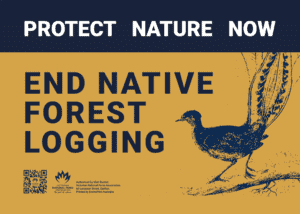
The immediate protected areas for Strathbogies and Mirboo North need to be formalised and legislated quickly. The larger East Gippsland and Central Highlands immediate protected areas are more complicated and need to be looked at closely to ensure they are working to look after the threatened wildlife they were set up to protect.
We need new marine national parks. Victoria has now the lowest levels of marine protected area of any state in Australia (a mere 5 per cent of state waters). There have been at least two independent inquiries recommending a comprehensive review to expand and fill gaps in the marine reserve system, but these have been ignored. We also need a dramatic increase in funding to support dedicated management of our existing marine national park.
Protect Special Habitats at Risk
There are many special and unique places in Victoria with passionate communities fighting for their protection. Some of the threats and areas that need attention include:
Climate change
Climate change is one of the key drivers affecting nature in Victoria.
The Victorian Government has made progress on climate change but prioritising nature to help build resilience and aid adaptation for ecosystems has fallen behind.
Grasslands
Victoria’s grasslands are among our most critically endangered ecosystems, and more need to be done to deliver on commitments to protect urban grasslands as promised in the Melbourne Strategic Assessment. The remnants that were planned for protection are disappearing by neglect, or in some cases actively being cleared. There is also a need to assess the status of grassland across the whole state.
Western Port Woodlands
This corridor of remnants on the lands of the Bunurong People starts at the gateway to the Bass Coast and is one of the largest intact pieces of native vegetation on the Gippsland Plain. The area needs to be protected from sandmining, with the Holden Proving Ground purchased and added to the reserve system.
Western Port Bay protection
The beautiful bay needs protection from frequent development proposals. A strategic management framework and plan to protect Western Port Bay should be implemented and funded.
Riversides and waterways
Riparian land is habitat for to over 100 waterbirds, 50 freshwater fish, 38 frogs, 40 crayfish, 800 plants, and countless freshwater invertebrates. Sadly, many face extinction. These threats are amplified under the current government policy, which has opened Crown land water frontages for camping. Waterways need to be managed for all their values, not just recreation and grazing. Programs to incentivise riparian action through fencing and new types of riparian management licences have been cut and should be reinstated at around $15 million per annum.
Native Forest logging phase out
The Andrews Government has committed to phase out native forest logging by 2030, but this is too slow and there are no real guarantees. This phase out needs to be dramatically sped up with a proper legislative framework in place to guarantee a fair transition that gives certainty to industry, workers and conservationists.
What Victoria’s Biodiversity Needs To Thrive
- Deliver new national parks and conservation reserves: Central west forests, Strathbogies, Mirboo North and Yarra Ranges (including creating Great Forest National Park), East Gippsland. Commence an assessment of gaps in the Marine National Park network, and other under-represented bioregions including Southwest Victoria and the Gippsland Plain.
- Dramatically speed up the transition out of native forest logging: Legislating the phase out with transition plans.
- Defend against development: Ensure the integrity of national parks by putting put in place clear policies that protect parks from inappropriate development and uses. Reject the Warburton Mountain Bike Track proposal in the Yarra Ranges National Park and the Falls to Hotham Alpine Crossing proposal.
- Protect special places and habitats at risk: Ramp up climate resilience measures across the state, protect grasslands, Western Port woodlands, Western Port Bay, and riversides.
- A dedicated long-term threatened species program to:
Activate all available mechanisms under state threatened species laws to protect wildlife in decline, including using laws to protect critical habitats.
– Improve prioritisation of threatened species for protection to stop further extinctions for most at risk.
– Enable enhanced and targeted landscape programs to control key threats state-wide, including feral animals and pests to facilitate recovery. - Dramatic increase in public funding for land and sea conservation, threatened species laws and programs:
– Increase funding core ecological management funding for Parks Victoria to at least 1 per cent of state expenditure annually and an enhanced threatened species recovery and action program across all public land across land and sea, including dedicated funding for management for marine national parks.
– Increase targeted funding for Community Action, Landcare and private land protection.
– Expanded dedicated resources for Traditional Owner Joint Management on Country.
– New $30-$50 million for a Land Conservation Revolving fund or program to ‘purchase, protect, resell’ high conservation private land to be run by Trust for Nature. - Strengthen the Wildlife Act to properly protect all native animals.
Did you like reading this article? You can read the latest full edition of Park Watch magazine online.
Want to be kept up to date about this and other nature issues in Victoria? Subscribe to our email updates.
You can also receive our print magazine Park Watch four times a year by becoming a member. Find out more.
Page updated: Wednesday 23 November 2022
